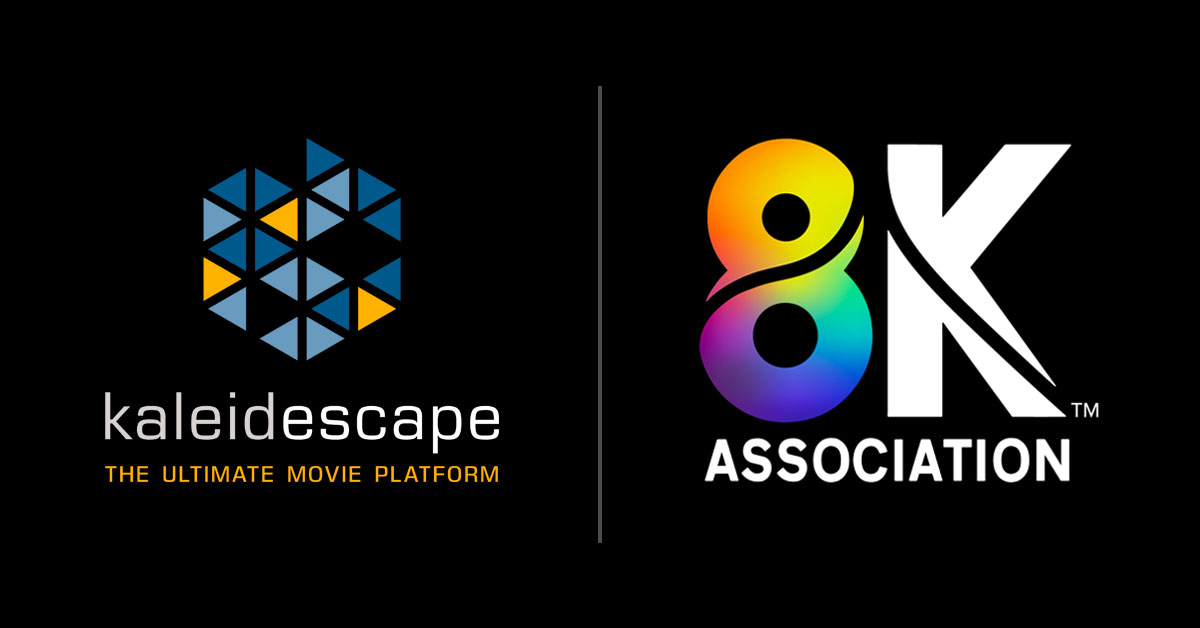ERI Antenna Makes Big Difference in KOMO Signal

Kate Smith (L), project engineer with KPFF Consulting Engineers, and John Barrett reach the top of the new KOMO -TV ERI antenna.
SEATTLE—As part of the Open Mobile Video Coalition and the campaign to encourage Mobile DTV, KOMO-TV decided it was time to replace its existing side-mounted UHF antenna with something better. The station's Channel 38 DTV operation initially went on air with an unpressurized, side-mounted horizontally-polarized antenna, and we were experiencing moisture problems with this unit. We finally decided that we'd be better off with a radome-enclosed pressurized antenna. The plan was to replace our old top-mounted analog Channel 4 antenna with a new elliptically polarized unit for operation on Channel 38.
We brought in duTriel, Lundin & Rackley as technical consultants to develop a plan to improve our digital coverage, and used the services of KPFC Consulting Engineers in connection with modifying and strengthening our self-supporting tower to comply with the new TIA/EIA-222G standards.
In September 2009, we ordered a new top-mounted, elliptically-polarized, omni-directional Channel 38 ERI Trasar antenna, along with the required length of 6-1/8-inch MacXLine rigid transmission line. We also opted for ERI's system layout services, and system optimization and testing services. ERI also provided us with a two-bay, Trasar G-series standby antenna that was used during the project.
The Trasar design keeps moisture and contamination from affecting antenna performance and ensures long term trouble-free operation.
WORKING CONDITIONS NOT EASY
The KOMO-TV transmitter site is located in a residential neighborhood near downtown Seattle, with the tower site surrounded by homes. Consequently, staging and work space was limited, so site logistics were critical and required close coordination between ERI project management personnel and the tower crew brought in to make the tower modifications and to install the antenna and transmission line. Other factors that caused us a lot of concern were RFI and EMI levels. However, the station is currently operating at 880 kW ERP, and readings show less than one percent of the allowable FCC limits.
This project went very smoothly from start to finish. We put some heavy demands on ERI, as we required a very tight pattern and exacting amount of beam tilt. ERI made all of the project deadlines and delivered exactly what we wanted.
MIXED POLARIZATION PAYS OFF
We felt that by adding a 20 percent vertical component to our signal we could improve our ATSC signal coverage and we were right. Our station can now deliver a Mobile DTV signal to handheld receivers farther out than any of our competitors. Mobile DTV reception inside the buildings here has also improved dramatically.
As part of the project, I climbed to the top of the installation and signed the antenna. (Some people sign them on the ground, but not me.) One of antenna features that made the climb to the top easier was an electrically-invisible fiberglass ladder. This addition made the climb much more comfortable and beats climbing pegs, thumbs down.
ERI designed a fantastic antenna that provides the station with a significant boost in coverage area to the northwest, and has added significant signal stability to areas that were "sketchy" in the past. I was thrilled with the many calls, letters, and e-mails the station received from new off-air viewers who complemented us on our signal quality and picture.
John Barrett was director of engineering at KOMO-TV at the time the ERI antenna was installed. He has since moved on to establish John Barrett Works LLC. He may be contacted at johnbarrett@hotmail.com.
For additional information, contact Electronics Research Inc. (ERI) at 877-374-5463 or visit www.eriinc.com.
Get the TV Tech Newsletter
The professional video industry's #1 source for news, trends and product and tech information. Sign up below.
